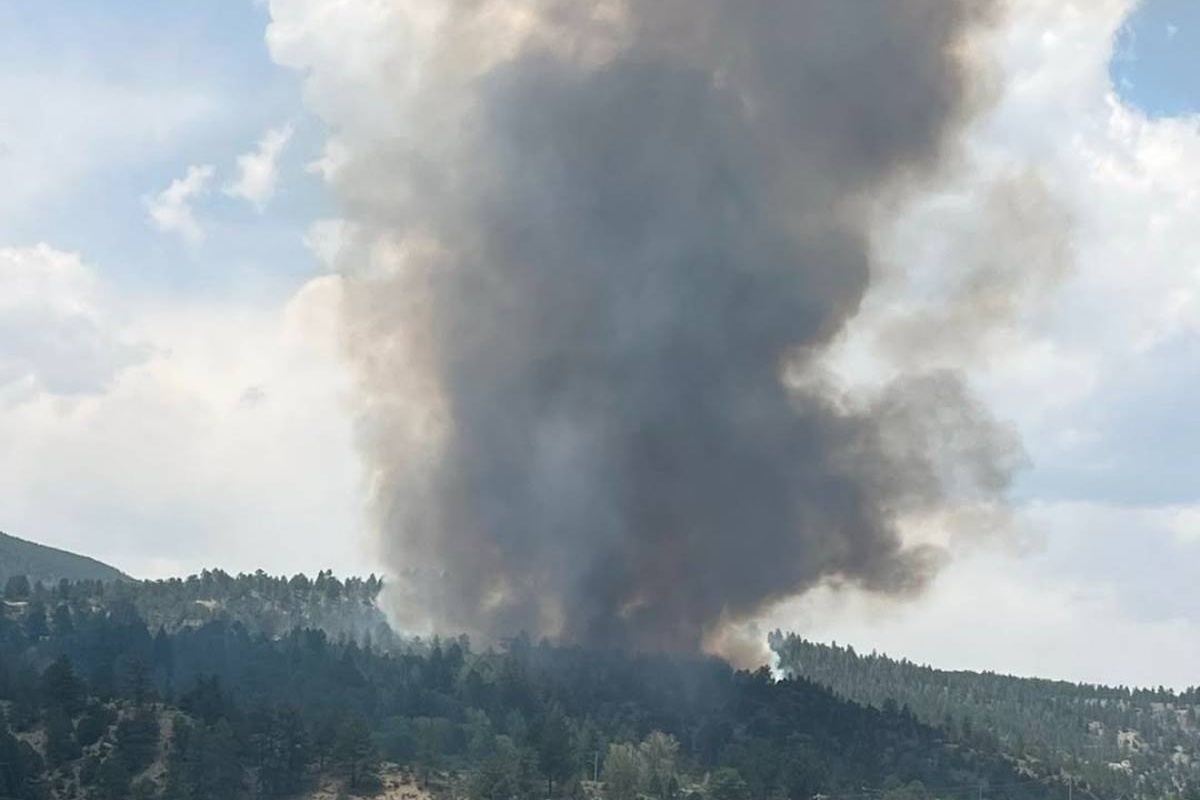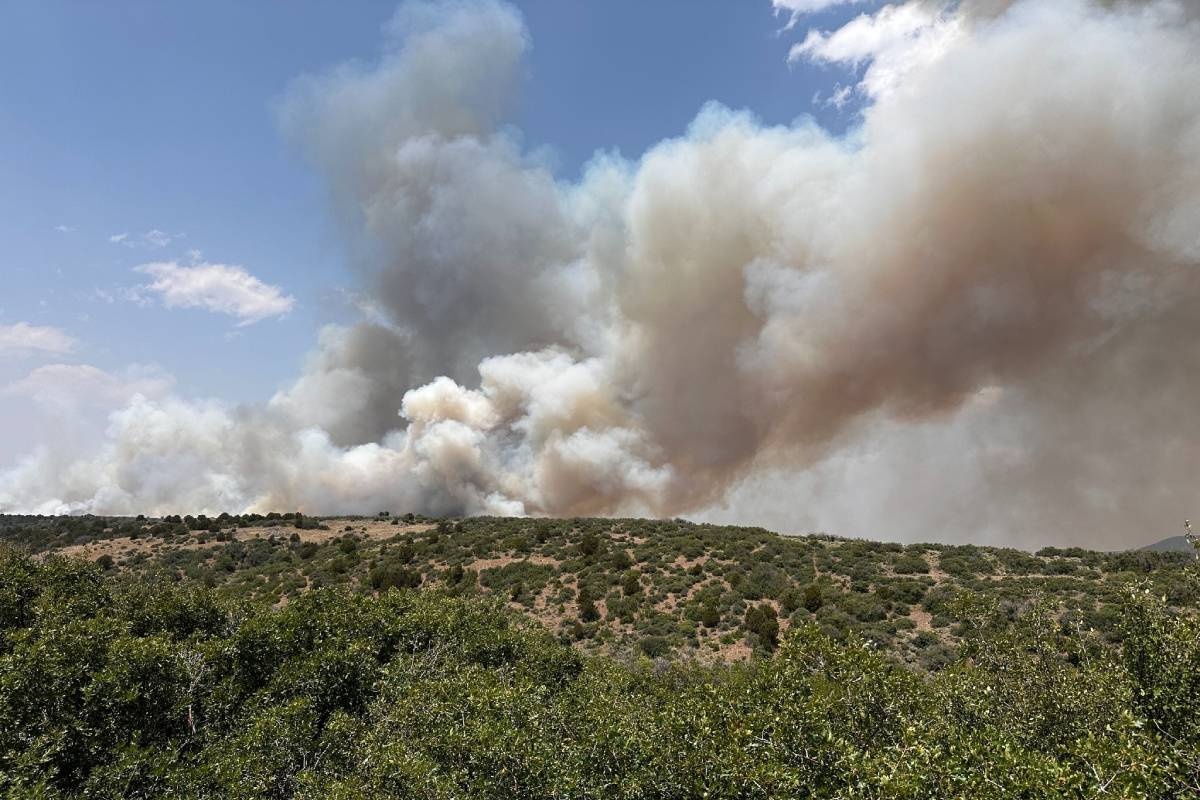
This week on Looking Up Hal heralds the arrival of spring with a tale of a ghostly object.
I love the arrival of Spring, with warmer days and nights. But there is one object in the Colorado Spring sky that might fit, at least poetically, in the October sky, the wonderful and beautiful object, the Ghost of Jupiter.
The Ghost of Jupiter is actually a planetary nebula, which is itself a confusing name for this type of object in the sky. When a star that is too small to explode into a supernova dies, it can create a beautiful expanding cloud of glowing gas, or nebula, which to early astronomers looked a bit like the disk of a planet, hence the confusing name. But these gas clouds are actually the result of this type of star basically burping out a sphere of gas from its surface, which is then backlit by the star itself. There are actually two discernable gas burps, which gives the Ghost of Jupiter a beautiful segmented blue-green color. The double ring look of this cool object resulted in some people calling it the CBS eye. The name, Ghost of Jupiter, came from early observations of the nebula in which it looked somewhat like the disk of a Jupiter-like planet. It’s really pretty, so come to a star party, whisper the name Walter Cronkite, and take a look at the logo in the sky. Pretty spooky, eh?
If you’d like to take a closer look at the Ghost of Jupiter, or any of the other wonderful and amazing things in the sky, please visit csastro.org for a link to information on our monthly meetings and our free public star parties.








